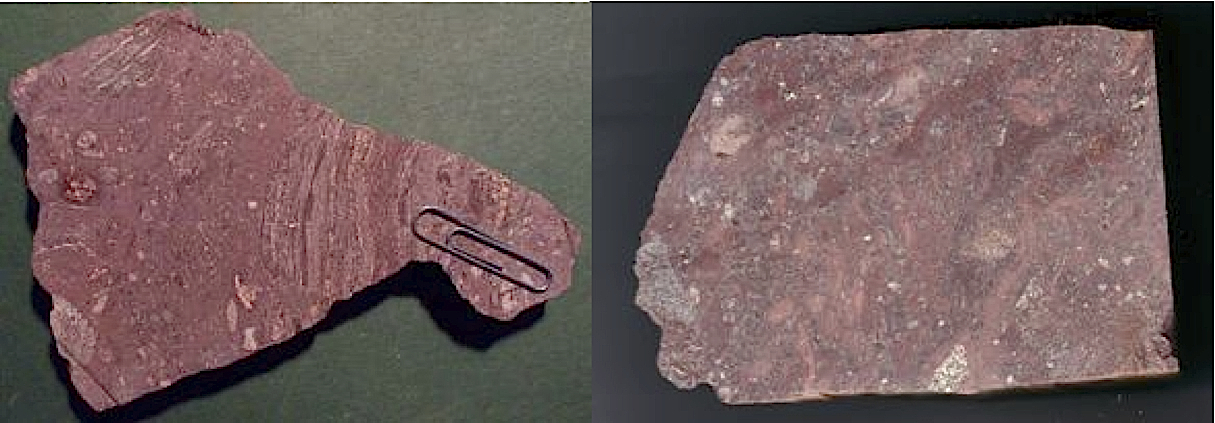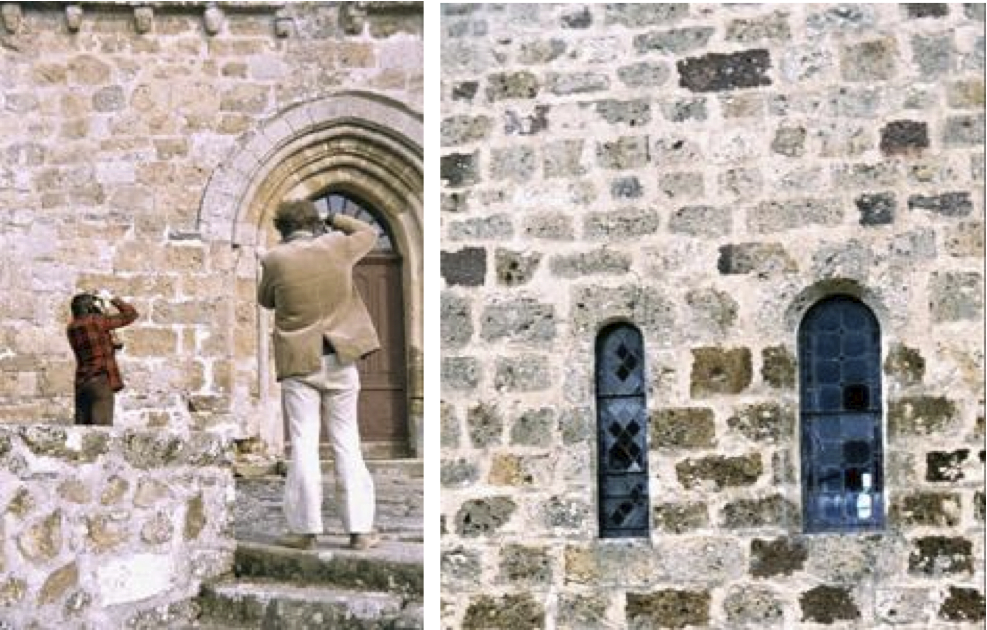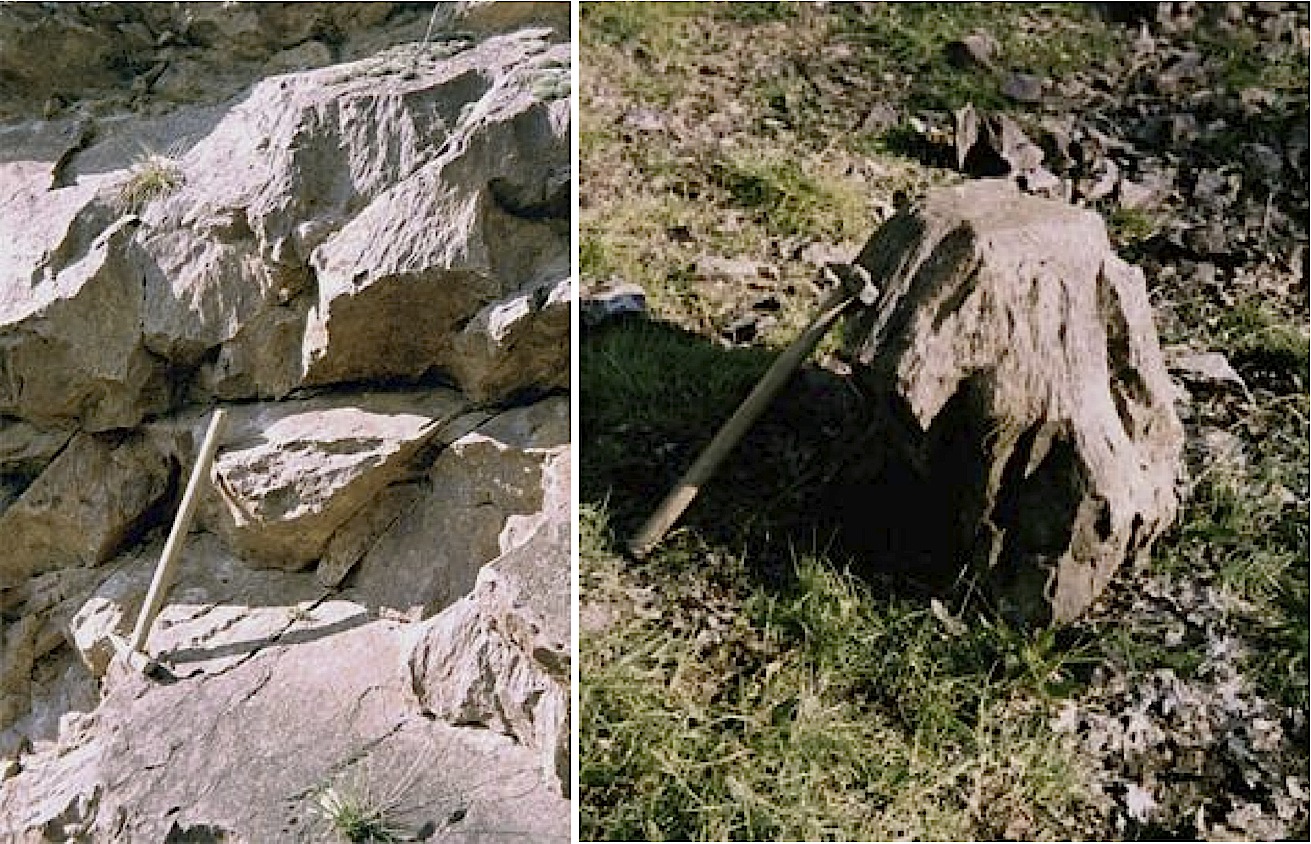Basically, four types of impactites may be distinguished: impact melt rocks, suevites, polymictic lithic breccias, and monogenetic dislocation breccias and cataclasites. Hydrothermal breccias, breccia dikes and pseudotachylites, and shatter cones add to the impact signature of the Rochechouart structure.
Impact melt rocks
Impact melt rocks are crystalline, semihyaline or hyaline rocks which have solidified from shock-produced impact melt und which contain variable amounts of clastic debris (for the nomenclature and more examples of impact melt rocks see https://www.impact-structures.com/impact-rocks-impactites/impact-melt-page-impact-melt-rocks-impact-glasses-and-congeners/ ).
Rochechouart impact melt rocks (Babaudus type) are concentrated in the central area of the structure in the surroundings of the Babaudus and Valette villages. The thickness so far established amounts to several meters. The melt rock is in general poor in clasts that originate from the local crystalline basement. The matrix may be dense, but frequently it is interspersed with prominent elongated and oriented bubbles. Typical aspects of the Babaudus impact melt rock (sawn surfaces) are shown in the images below (Fig.5).
Fig.5. Various aspects of the Rochechouart impact melt rock (Babaudus type); cut faces. The size of the samples is 12, 8, 10 and 15 cm across (from upper left to lower right).
Suevites
A suevite breccia is a polymictic impact breccia with clastic matrix and mineral clasts in various stages of shock metamorphism including cogenetic impact melt particles (for the nomenclature of impactites and more suevites also see The suevite page:https://www.impact-structures.com/impact-rocks-impactites/the-suevite-page/ ).
Two varieties of Rochechouart suevite breccias are commonly distinguished. The red Montoume type suevite is exposed in the abondoned quarries near Montoume (Fig. 6, 7) and northwest of Saint Gervais in the southern and south-western part of the impact structure.
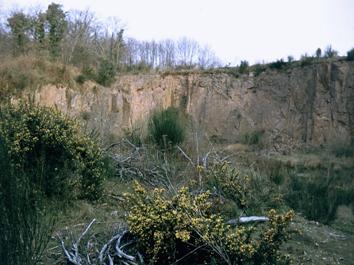
Fig.6. The disused Montoume quarry some 25 years ago.
Fig.7. The red Montoume suevite breccia; cut faces. The size of the samples is 12 and 11 cm across.
The greenish Chassenon type suevite (Fig. 9) is exposed in the environs of the village of Chassenon. Here, major parts of a Gallic-Roman site (Cassinomagus; see Fig. 8) have been constructed exploiting and using the suevite breccias from several ancient quarries.
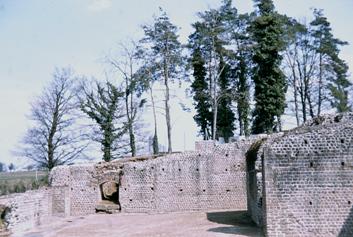
Fig.8. The Gallic-Roman site of Cassinomagus (some 25 years ago).
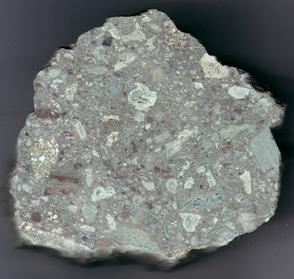
Fig.9. The greenish Chassenon suevite breccia; cut face. The size is 14 cm across.
Lithic breccias
Lithic breccias are polymictic breccias containing shocked clasts and mineral fragments but are void of glass components.
In the Rochechouart impact structure, lithic breccias are called to be of the Rochechouart type. This is related with the prominent exposures and easy access in the town of Rochechouart. Different from the impact melt rocks and the suevites, the lithic breccia is abundant throughout the structure and has widely been used as a building stone (Figs. 10, 11).
Figs. 10, 11. The lithic breccia as building stone (Rochechouart church and Saint Gervais chapel).
Although of similar texture, the lithic breccia may be distinguished from the Chassenon suevite breccia by the absence of glass components and the frequent occurrence of small cavities (Fig. 12). In Fig.12, the many sub- to well-rounded clasts are striking, which reminds of a fanglomeratic texture and is frequently observed in impact breccias. The roundness shows that in the impact cratering process, the rocks are not simply fractured but may also undergo a process that we call “conglomeratization”. In the Azuara and Rubielos twin impact structures in Spain, this impact conglomeratization can frequently be observed even in situ.
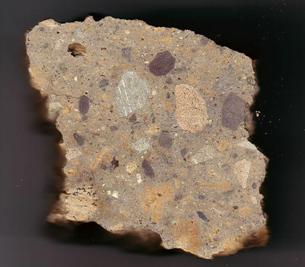
Fig.12. Cut face of the lithic breccia (Rochechouart type). The size is 12 cm across. Note the many sub- to well-rounded clasts (see text).
Link (showing a map of the distribution of the Rochechouart impact rocks): http://www.ac-poitiers.fr/svt/res_loc/meteorit/Fich_T/breches.html
Breccia dikes/Pseudotachylites
Breccia dikes, a well-known feature in impact structures (also see https://www.impact-structures.com/spain/impact/brecciadikes.htm ), occur also in the Rochechouart structure and can best be studied in the Champagnac quarry. Detailed studies were made by Lambert, P. (1981): Breccia dikes: geological constraints on the formation of complex craters. In: R.B. Merrill, P. H. Schultz (Eds.), Multi-ring Basins, Lunar Planet. Sci. Proc. 12A, Pergamon Press, New York, 59-78. and Bischoff, L. and Oskierski W., 1987. Fractures, pseudotachylite veins and breccia dikes in the crater floor of the Rochechouart impact structure, SW-France, an indicator of craterforming processes. In: Research in Terrestrial Impact Structures, (J. Pohl, ed.), 5-29, Braunschweig (F. Vieweg & Sohn). In general, and rather simplified here, three different types of breccia dikes may be distinguished. Type 1 dikes are characterized by lithic and mineral fragments in an impact-melt matrix. Type 2 dikes are filled by polymictic clastic breccias, and type 3 dikes represent monomictic breccias (Fig. 13).
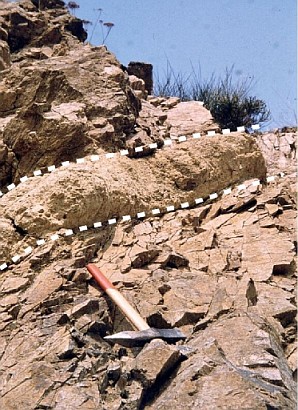
Fig. 13. Monomictic dike breccia.
Moreover, dikes can be shown to have originated from frictional melting in the Rochechouart cratering process. More about these pseudotachylites can be seen and read on https://www.impact-structures.com/impactmeltpage.html .
Shatter cones
Shatter coning in rocks is a macroscopic shock effect in impact structures (for more information see the Shatter cone page: https://www.impact-structures.com/impact-rocks-impactites/the-shatter-cone-page/). In the Rochechouart structure, shatter cones are abundant and show a remarkable petrographic variability. They can be observed in the crystalline basement rocks (gneisses, granites [Fig.14], subvolcanic dike rocks [Fig.15] as well as in clasts from the suevite and lithic breccias.
Fig. 14. Shatter cones in granitic rocks.To the right: Large single shatter cone.
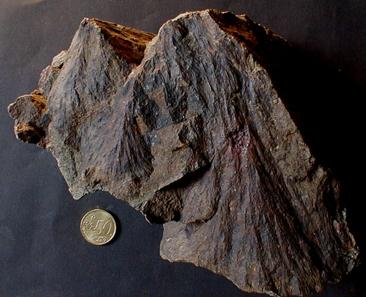
Fig.16. Shatter cones in subvolcanic dike rocks. In the top left, a complete cone has developed.
More Rochechouart shatter cones and a shatter cone-related shatter cleavage can be seen on https://www.impact-structures.com/impact-rocks-impactites/the-shatter-cone-page/.
Shock metamorphism
Apart from the macroscopic shatter-coning shock effect, the ubiquitous microscopic shock metamorphism in the rocks from the Rochechouart area clearly establishes the impact origin. Below, photomicrographs of shock effects in minerals of roughly decreasing intensity (melt glass, diaplectic glass, PDFs, PFs, and kinkbands) are shown.
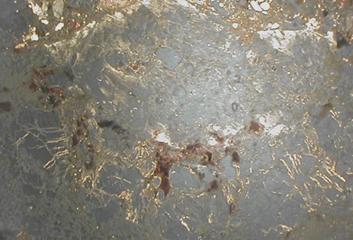
Fig.17. Photomicrograph (xx nicols) of a strongly shocked suevite (Chassenon type). The field (2 mm width) is more or less optically isotropic due to glass and diaplectic quartz/feldspar.
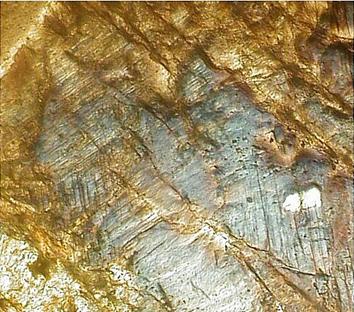
Fig.18. Planar deformation features (PDFs) in quartz. Photomicrograph (xx nicols) of a shocked granite from the basement. The field is 600 µm wide.
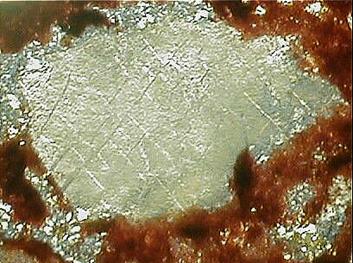
Fig.19. Planar fractures (PFs) in quartz from a suevite (red Montoume variety). Photomicrograph (xx nicols); the field is 320 µm wide.
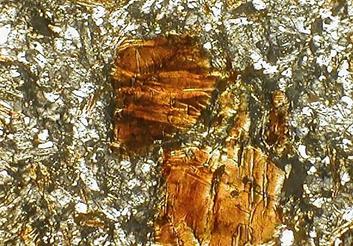
Fig.20. Kinkbands in biotite. Photomicrograph (xx nicols) of a shocked granite from the basement. The field is 1.6 mm wide.
Geophysical measurements
On the Bouguer gravity map of France (1 : 1,000,000 scale), the impact structure is already indicated by a local negative anomaly (see Fig. 2). In the seventies, a campaign of gravity measurements revealed a more detailed Bouguer gravity map of the impact structure (Fig. 21).
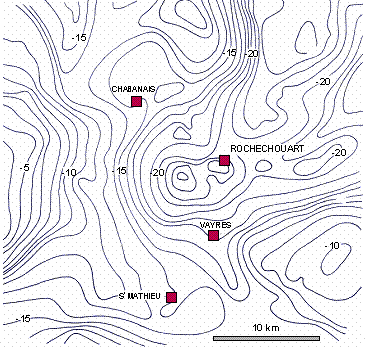
Fig. 21. Bouguer anomalies in the Rochechouart impact structure area (modified from Pohl, J., Ernstson, K. & Lambert, P. (1978): Gravity measurements in the Rochechouart impact structure (France). – Meteoritics, 13, 601-604.).
Additional measurements and extensive model calculations were performed by Institut für Allgemeine und Angewandte Geophysik der Universität München. They resulted in new Bouguer gravity residual maps, density models, and estimates of the total mass deficit (also see https://www.impact-structures.com/geophysics-of-impact-structures-2/gravity-surveys/).
Palaeomagnetic investigations resulted in a paper by Pohl, J., Soffel, H.: Palaeomagnetic age determination of the Rochechouart impact structure (France).- Z. f. Geophys., 37, 857- 866, 1971.








































































